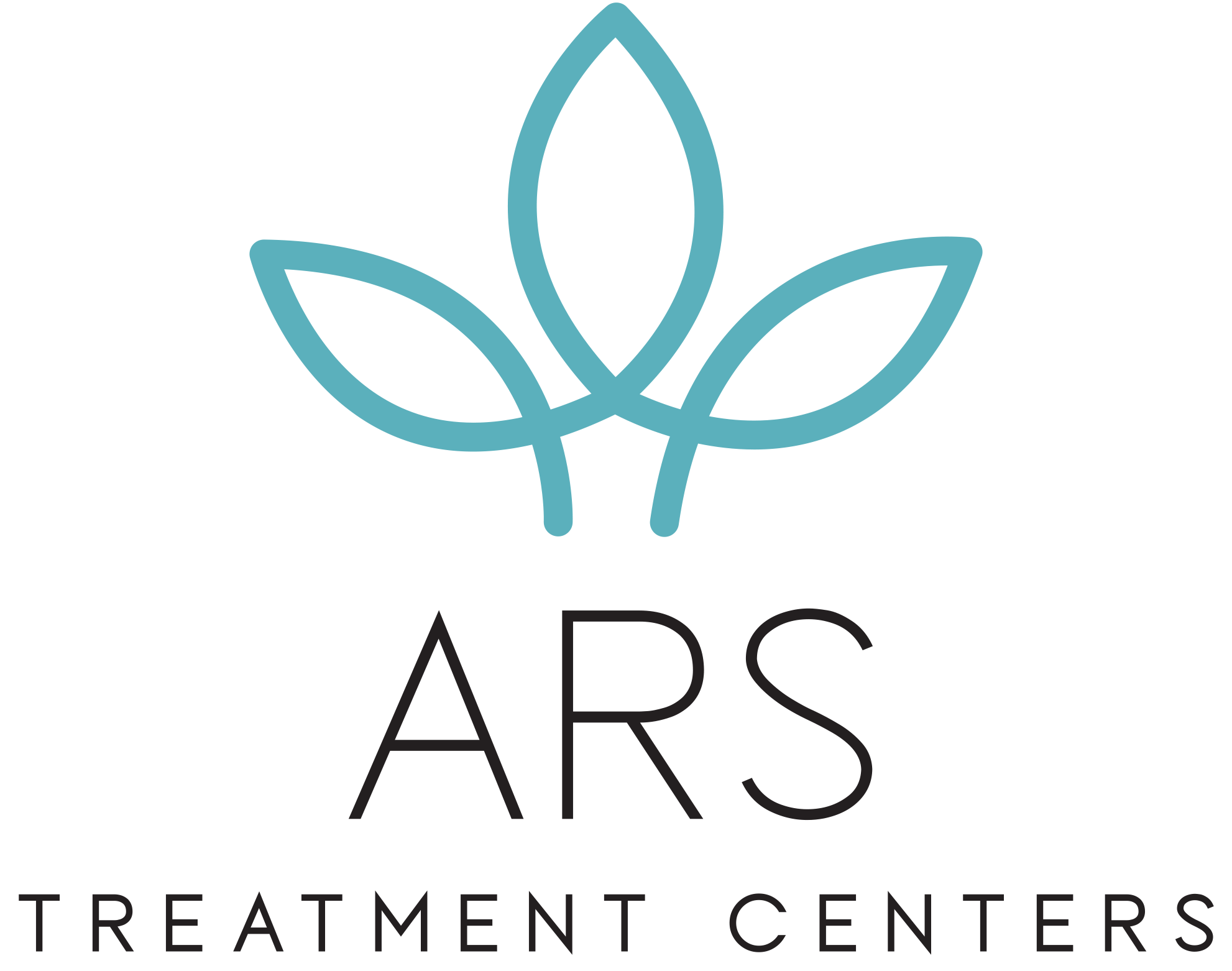22 Nov Social Determinants of Health and Why They Matter
Social Determinants of Health (SDOH) include but are not limited to childhood experiences, housing, education, social support, income, community, and access to healthcare systems. In treating behavioral health and substance use disorders, we must evaluate the social determinants of health factors which play a role in an individual’s life and will affect the treatment outcome.
In the general population, approximately 20% of U.S. adolescents are affected by mental health disorders. Symptoms of anxiety disorders, attention deficit disorders, personality disorders and mood disorders can appear as early as ages 6-7 years old. Mental health disorders and illnesses in adolescents often lead to alcohol or other substance use. Evidence shows substance use among youth is widespread and 74% of individuals treated for substance abuse in their lifetimes began using substances before the age of seventeen.
As a part of human development, as children grow into adolescents, they become more interested in taking risks, which can include using substances. At this time in a young person’s life, they are becoming independent and need to make decisions that will not always be healthy decisions. It is important to ensure that adolescents have the knowledge to make informed decisions. A part of ensuring they have this knowledge and ability is ensuring they have what we call protective factors including social and emotional support and positive interactions with peers, family, as well as the community. Depressive symptoms among adolescents are associated with a history of adverse childhood experiences as well as their current experiences.
Adverse Childhood experiences disrupt neurodevelopment; create social, emotional, and cognitive impairment; lead to the adoption of health risk behaviors; lead to disease, disability, and social problems; and increase the likelihood of early death between approximately 10-20 years.
There is an enormous correlation between having an ACE (adverse childhood experiences) score of 6 or higher and becoming an IV substance abuser. There is a 4,600% increased risk for someone who has an ACE score of 6 or higher compared to someone with an ACE score of zero. There is also between a 3,100% and 5,000% increase of someone with the same ACE score of 6 (or higher) to attempt suicide compared to someone who has an ACE score of zero.
As clinicians working in behavioral health, we must remain acutely aware of those conditions of life that are connected to healthy outcomes. If we are seeking to have influence in the lives of our patients, we must always be mindful of those factors that influence Opioid Use Disorder and manage our patients to reduce harm and promote optimal mental health for all.
Jennifer Keen MSW, LCSW (NJ,VA), CCS, ICCS
